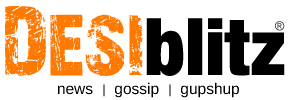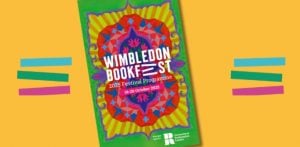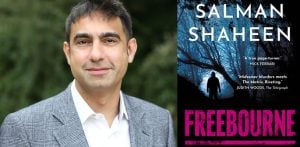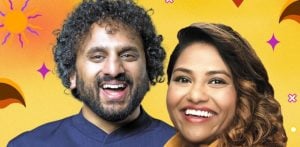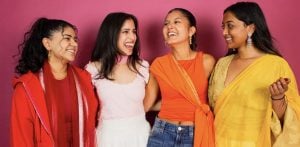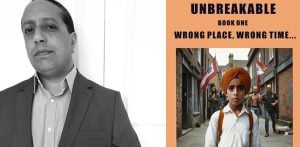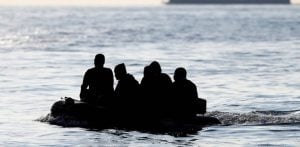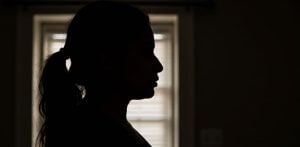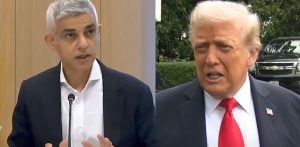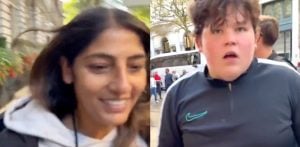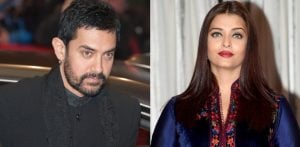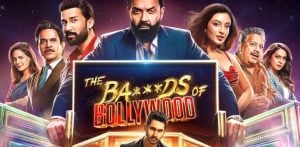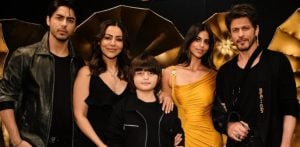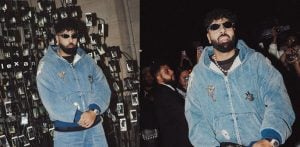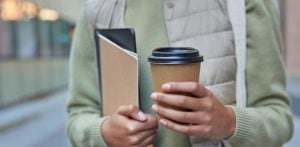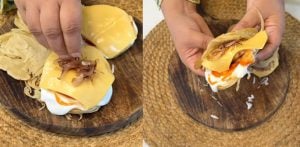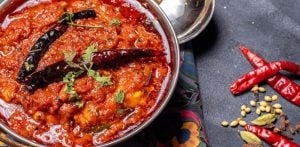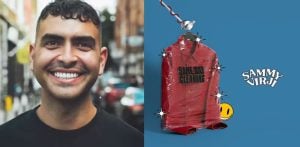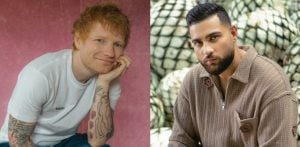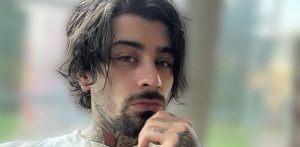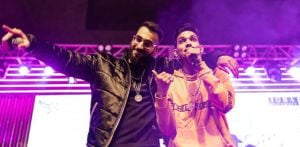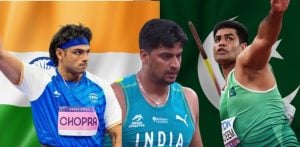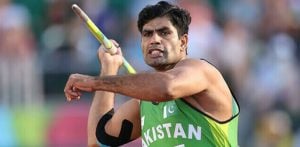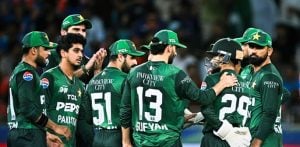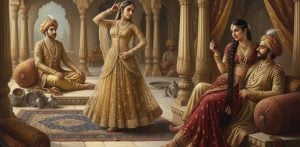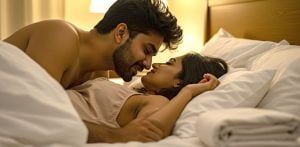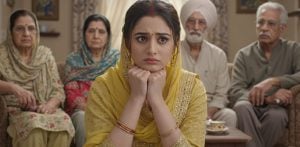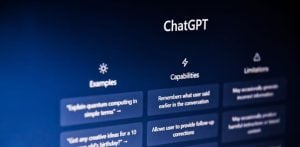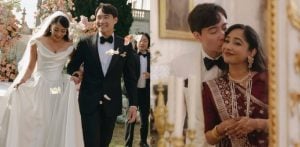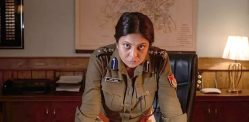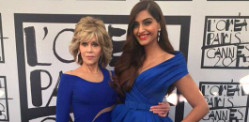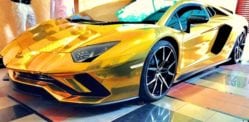The US is India’s largest trading partner
US Vice President JD Vance has landed in Delhi for four days of talks with India’s prime minister, Narendra Modi, aimed at securing a fast-tracked trade deal.
His visit comes as Washington’s tariff war with China escalates and global alliances shift.
Vance arrived with his wife Usha and their three children.
They were greeted by railways minister Ashwini Vaishnaw under a red canopy at the airport. Soldiers stood in salute as a military band played the US anthem.
The White House said the visit would focus on “shared economic and geopolitical priorities”.
India said it would “provide an opportunity for both sides to review the progress in bilateral relations”.
Talks are expected to centre on a stalled trade pact, delayed by Washington’s renewed tariff push.
On April 2, India was hit with a 26% tariff hike by Donald Trump despite Modi’s strong ties with the US leader. A 90-day pause has provided a short reprieve, but uncertainty remains.
India has already cut tariffs on several US imports. Negotiators in Delhi are now working to finalise a first tranche of the deal by autumn.
The US is India’s largest trading partner, with two-way trade surpassing £144 billion.
After Modi’s goodwill trip to Washington, both countries pledged to double that figure. Modi called it a “mega partnership”.
But opposition is mounting. On April 20, the All India Kisan Sabha (AIKS), India’s largest and oldest farmers’ union, staged protests against the trade talks.
The AIKS, which claims over 16 million members, fears that further liberalisation could devastate rural incomes, particularly in the dairy sector.
The union accused US Commerce Secretary Howard Lutnick of “coercion” for insisting India’s subsidised farming sector be included in the deal.
Memories of the mass farmer protests in 2020–21, which forced Modi to scrap controversial farm laws, remain fresh.
Visas are another flashpoint.
Congress leader Jairam Ramesh cited US data showing that of 327 recent student visa revocations, half involved Indians.
Ramesh said: “The reasons for revocation are random and unclear. There is growing fear and apprehension.
He called on India’s foreign minister to “raise the concern” with Washington.
The American Immigration Lawyers Association also claims that US officials are “aggressively targeting international students”, even those with no history of protest.
H-1B visas, vital for India’s tech sector, are also under pressure. Indians received over 200,000 H-1Bs last year, around 70% of the total. Rising uncertainty has prompted many to cancel visits home.
India’s foreign ministry said it remained optimistic.
Randhir Jaiswal, a spokesperson, said the government was “very positive” that the visit would “further boost” ties and promised “all relevant issues” would be addressed.
JD Vance has taken a hard-edged approach to foreign affairs since becoming Vice President.
On a European trip, he angered allies by criticising their defence spending. In March, he sparked confusion during a stop in Greenland.
He said:
“We have to have Greenland. It’s not a question of ‘Do you think we can do without it?’”
His India visit follows a stop by US intelligence chief Tulsi Gabbard, who was in Delhi to strengthen the Quad alliance – the US, India, Japan, and Australia – aimed at countering Chinese influence.
China’s president, Xi Jinping, has launched his own charm offensive across south-east Asia, pitching Beijing as a steadier trade partner.
Though Vance’s trip is officially for work, it also has a personal angle.
His family will visit Jaipur’s royal palaces and the Taj Mahal.
Officials say this “private component” highlights Usha Vance’s Indian heritage. She was born in the US to Indian immigrants and maintains strong ties to the country.
